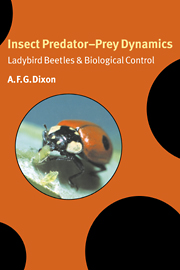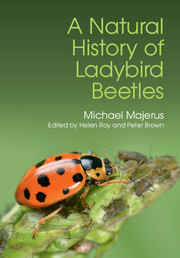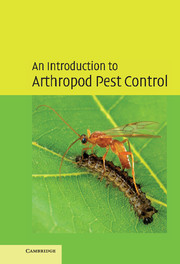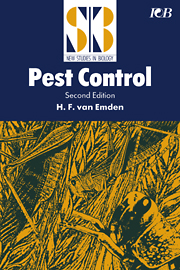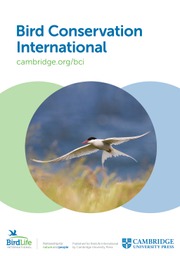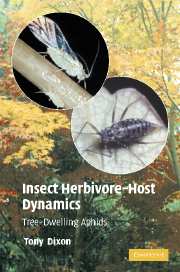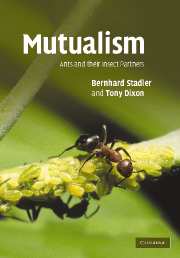Insect Predator-Prey Dynamics
Ladybird beetles are typical predators that feed on a wide range of insect prey, and have been used extensively in the biocontrol of insect pests. This volume explores basic ladybird biology, in particular, their close association with prey and its effect on their rate of development and body size. The author uses optimal foraging theory, field observations, and laboratory experiments to illustrate how ladybird larvae maximize their rate of energy intake, and ladybird adults their fitness. The interdependence of these life history parameters is then used to develop a simple predator-prey model that, combined with an analysis of the literature, highlights the specific attributes of potentially successful biocontrol agents for all those interested in predator-prey dynamics.
- Looks at dynamics of true insect predators, not parasitoids as most other volumes do
- Written by world expert in aphids and their natural enemies
- Provides insights into what makes a successful biological control agent
Reviews & endorsements
"The book is well organized and very well written...Recommended for biology, ecology, entomology, biological control, and related fields. Upper-division undergraduates through professionals." Choice
"Dixon has marked a clear and inviting path forward; the book succeeds well in expanding our perspectives on how insect predators interact with their prey." Ecology
"This book is an excellent review of many of the studies conducted in the field...The extensive work conducted on ladybird beetles provides a good basis for examining insect predator-prey dynamics, and this eloquent book is an excellent synopsis of the research. This volume will be invaluable to those working on insect predators, but undergraduate ecology students will also enjoy this comprehensive examination of predator-prey dynamics." The Quarterly Review of Biology
"[A] book that anyone studying coccinellids or biological control should get and read...likely to long remain a basic primer on ladybird biology, ecology, population dynamics and practical use in biological control. No serious student working with this family of predators can afford to do without owning his or her own copy!" Ecoscience
Product details
July 2005Paperback
9780521017701
268 pages
228 × 153 × 17 mm
0.412kg
110 b/w illus. 14 tables
Available
Table of Contents
- Preface
- 1. Introduction
- 2. Basic biology and structure
- 3. Body size
- 4. Slow-fast continuum in life history parameters
- 5. Foraging behaviour
- 6. Cannibalism
- 7. Theory of predator-prey interactions
- 8. Intraguild predation
- 9. Biological control
- 10. Epilogue
- 11. References
- Taxonomic index
- Subject index.

